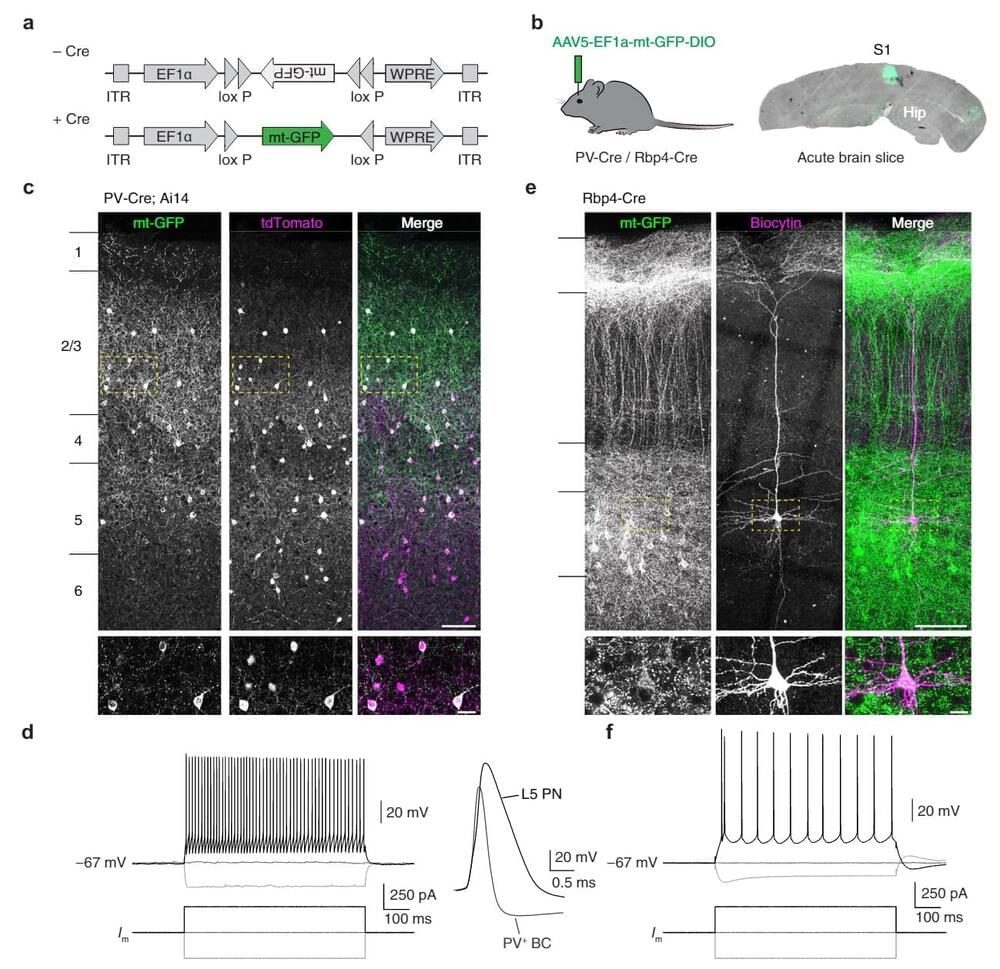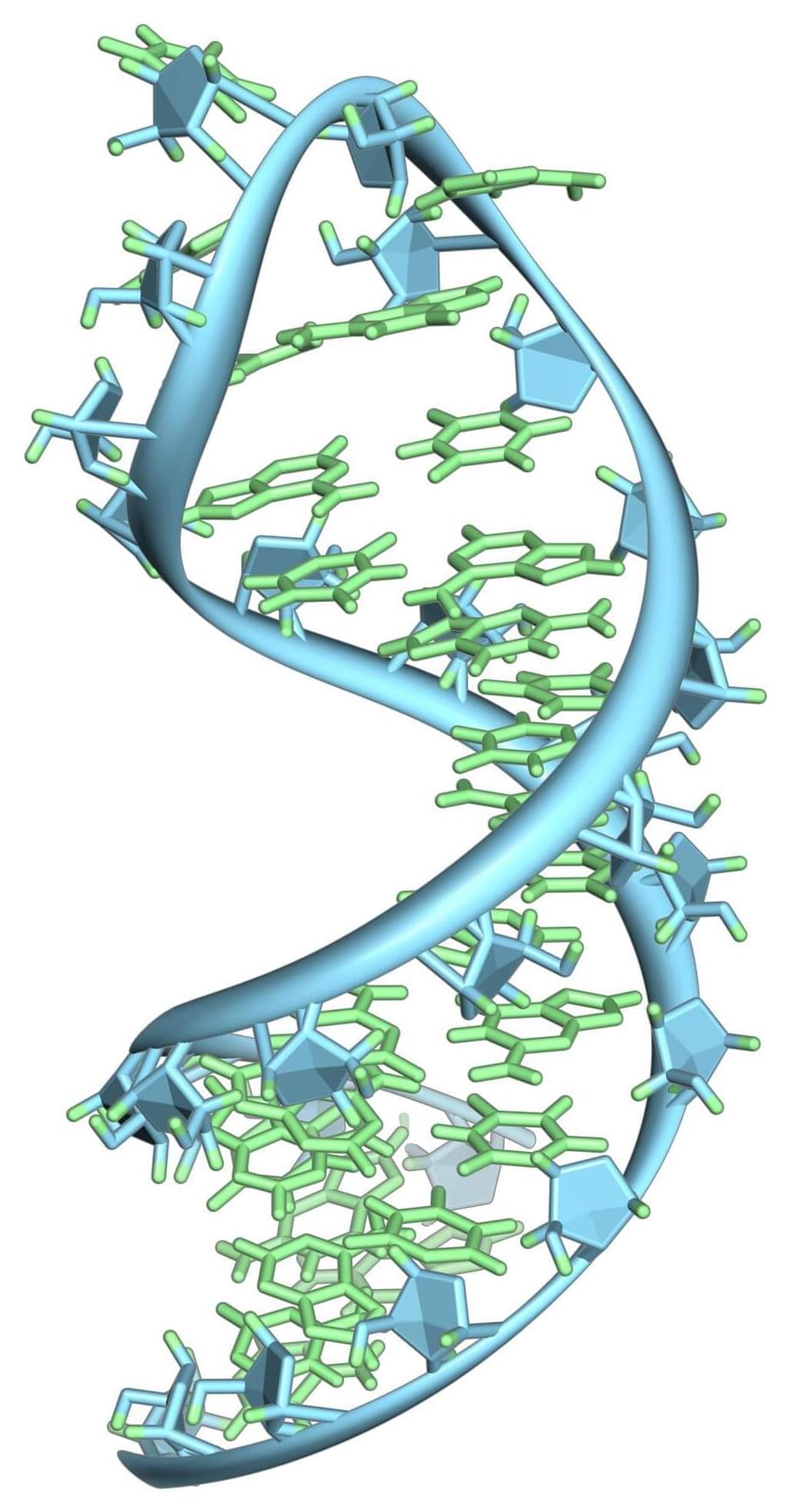@AskDrBrownVideos and @JonathanMcLatchie analyze the video response of Paulogia to Dr. Brown’s short video on evidence for the death and resurrection of Jesus.
Prof. Jonathan McLatchie Responds to Paulogia Regarding the Resurrection.
Support Paulogia at http://www.patreon.com/paulogia.
http://www.paypal.me/paulogia.
Paulogia Channel Wish-List.
https://www.amazon.ca/hz/wishlist/ls/YTALNY19IBC8?ref_=wl_share.
Paulogia Merch.
https://teespring.com/stores/paulogia.
Join this channel to get access to perks:







